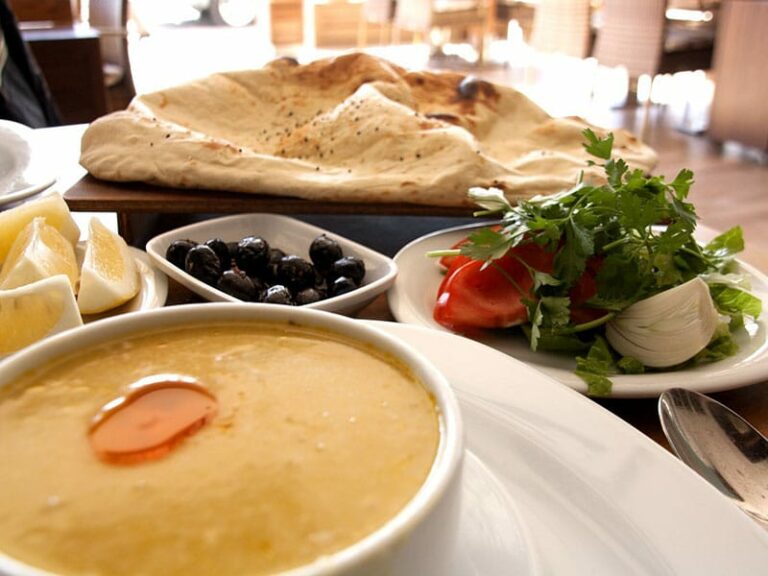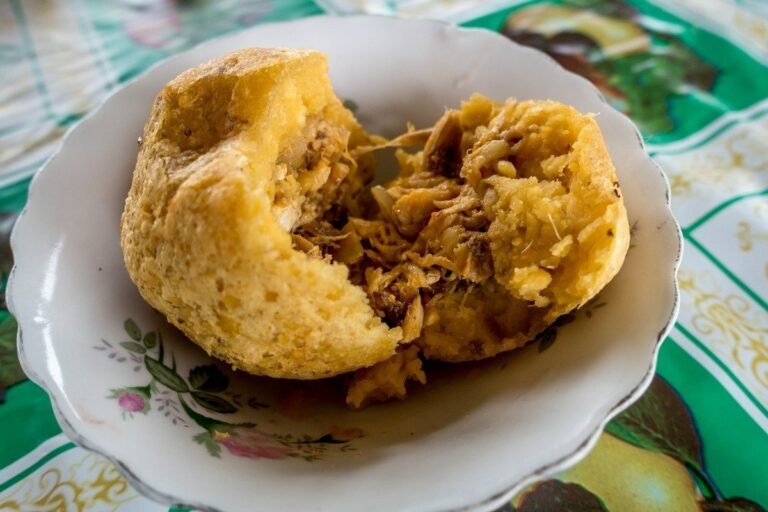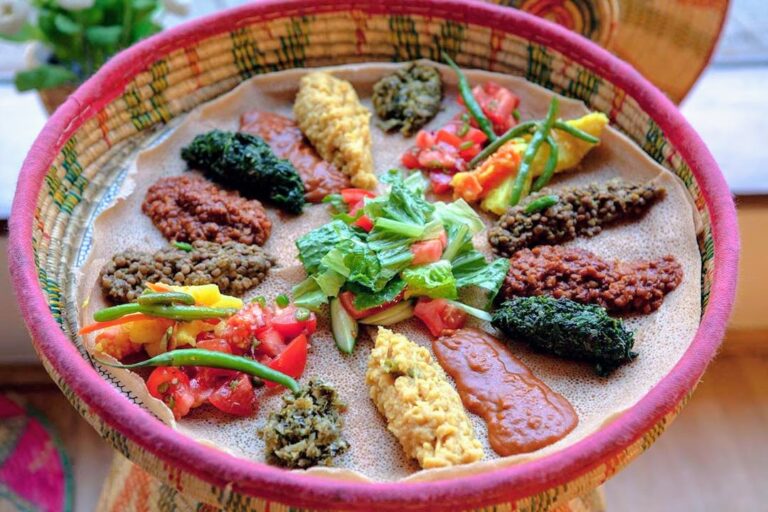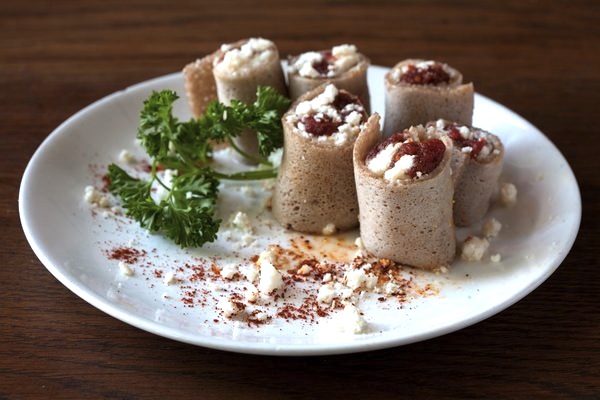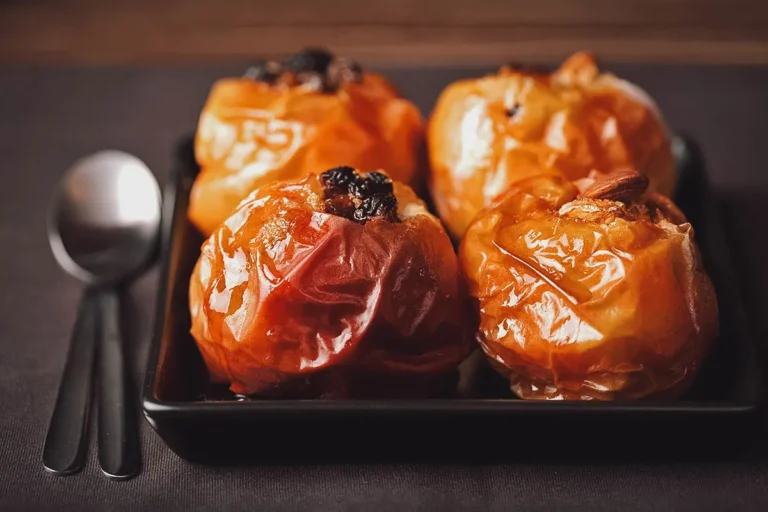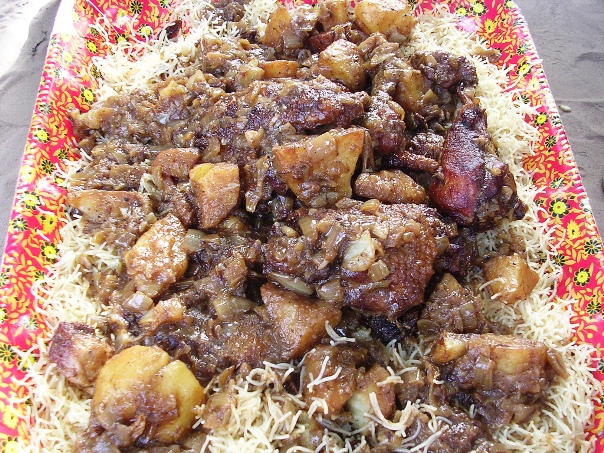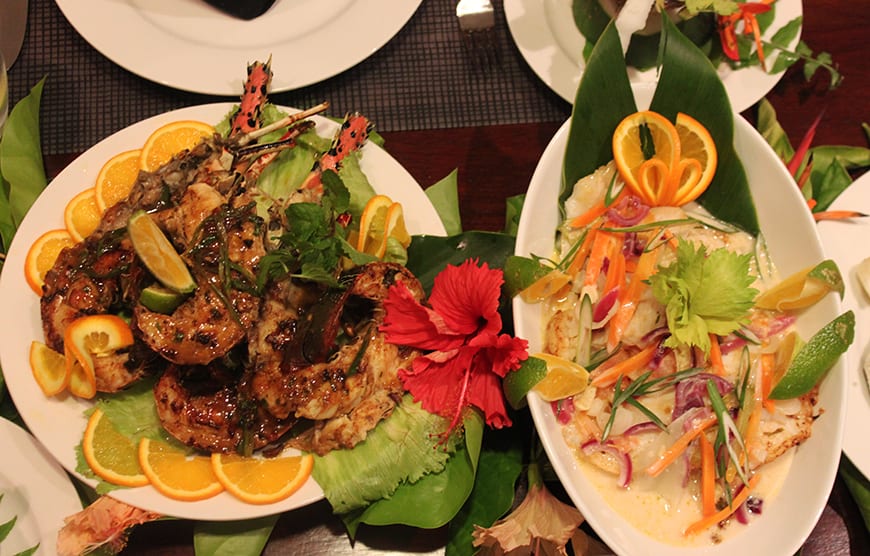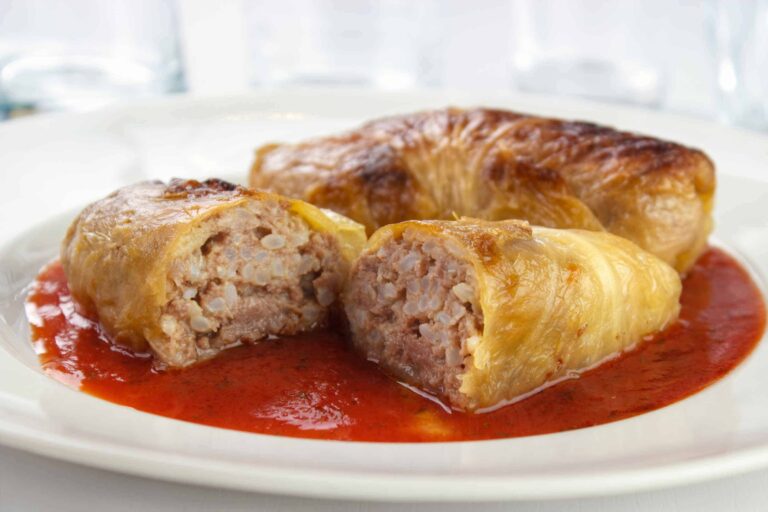Introduction: Egyptian Shawarma
Shawarma is a popular street food in Egypt that is enjoyed by locals and tourists alike. It is a type of sandwich made with roasted meat, typically chicken, beef, or lamb, that is wrapped in a pita bread or lavash and topped with vegetables and sauces. Shawarma is a quick and delicious meal that has become a staple in Egyptian cuisine.
A Brief History of Shawarma
Shawarma has its roots in the Middle East and is believed to have originated in Turkey during the 18th century Ottoman Empire. It was introduced to Egypt in the 19th century and quickly became popular among the working class. Originally, shawarma was made with lamb meat, but over time, other meats were used as well. Today, it is a popular street food in many countries, including Egypt, Lebanon, Syria, and Israel.
Ingredients and Preparation
The main ingredient in shawarma is meat, which is marinated in a mixture of spices, such as cumin, coriander, and paprika, and then roasted on a spit. Once the meat is cooked, it is sliced off the spit and served in a pita bread or lavash with vegetables and sauces. The vegetables typically include lettuce, tomatoes, cucumbers, and onions, while the sauces can vary from region to region. In Egypt, the most common sauces are tahini and garlic sauce.
Regional Variations of Shawarma
While the basic ingredients of shawarma are the same, there are regional variations in the preparation and toppings. In Egypt, for example, shawarma is often served with french fries inside the sandwich, while in Lebanon, it is typically served with pickled vegetables. In Israel, shawarma is often made with turkey or chicken and is served with hummus and pickles.
Health Benefits and Nutritional Value
Shawarma can be a healthy meal option, depending on the ingredients used. The meat provides protein, while the vegetables and sauces add fiber, vitamins, and minerals. However, it is important to be mindful of the amount of fat and calories in the meat and sauces. Choosing a lean meat, such as chicken, and avoiding creamy sauces can make shawarma a healthy choice.
Impact on Egyptian Culinary Culture
Shawarma has had a significant impact on Egyptian culinary culture. It is a popular street food that is enjoyed by people from all walks of life. It has also become a symbol of Egyptian cuisine and is often featured in TV shows and movies as an iconic food of the country. Shawarma has also inspired the creation of new fusion dishes, such as shawarma pizza and shawarma tacos.
Shawarma’s Popularity Globally
Shawarma’s popularity has spread beyond the Middle East, and it is now enjoyed in many countries around the world. It has become a staple of fast food and casual dining restaurants in Europe and North America and can be found in many food trucks and street vendors in major cities. Its popularity can be attributed to its delicious taste, quick preparation, and affordability.
Conclusion: The Significance of Shawarma
Shawarma is more than just a tasty sandwich. It has a rich history, a unique preparation method, and has had a significant impact on Egyptian culinary culture. Its popularity around the world is a testament to its delicious taste and convenience. Whether enjoyed as a quick snack or a full meal, shawarma is a beloved food that is here to stay.

